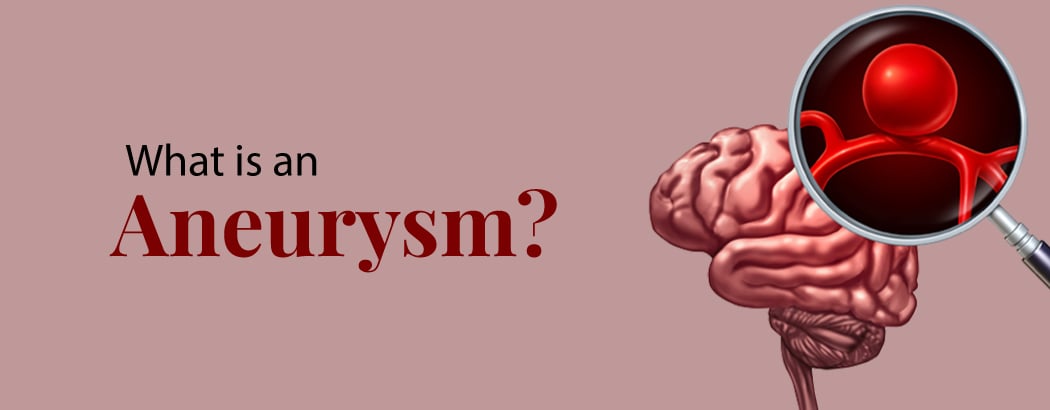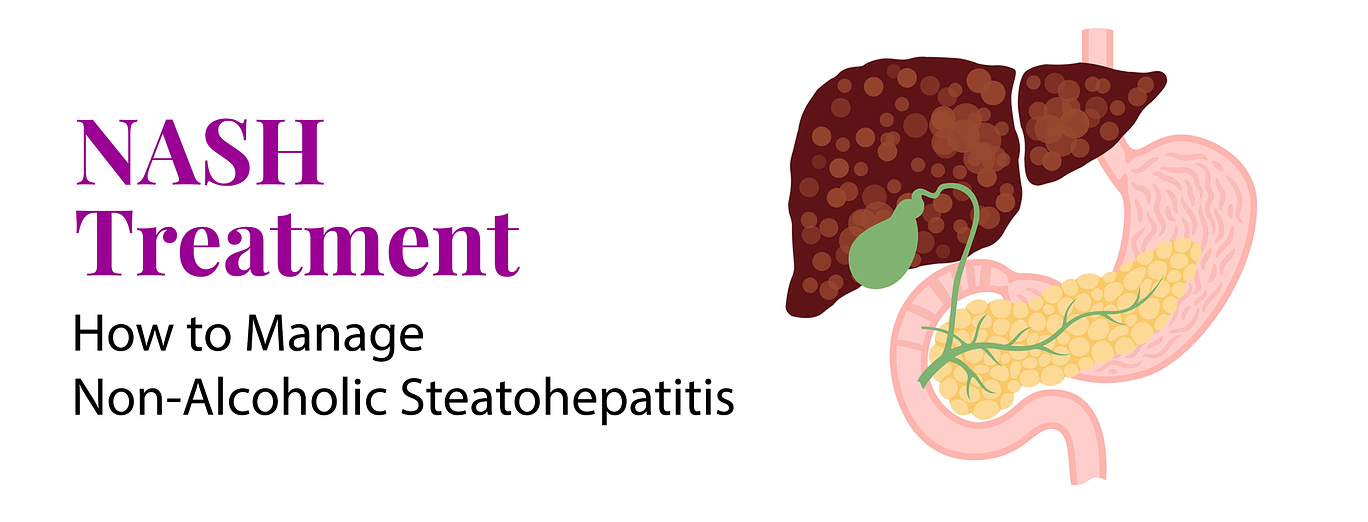What is an aneurysm?
March 18, 2024

Aneurysm
An abnormal enlargement or protrusion in the wall of an artery or other blood vessel is called an aneurysm.
Although aneurysms can occur anywhere in the circulatory system, they most frequently occur in the brain’s blood vessels and along the aorta, the body’s main artery that spans the length of the trunk.If an aneurysm ruptures, it could be fatal.
Contents
An aneurysm
An abnormal enlargement or protrusion in the wall of an artery or other blood vessel is called an aneurysm. It starts off as a weak point in the blood vessel wall and eventually expands due to the force of the blood circulating through it.
Although aneurysms can occur anywhere in the circulatory system, they most frequently occur in the brain’s blood vessels and in the aorta, the body’s main artery that extends from the heart along the trunk. If an aneurysm bursts, it could be deadly. Death can happen in a matter of minutes.
Types of Aneurysms
There are different types of aneurysms, including abdominal, thoracic, and cerebral aortic aneurysms.
- Cerebral aneurysm: A cerebral aneurysm is a condition where a blood artery in the brain develops a weakness and bulges outwards. Although there is no connection between brain aneurysms and aneurysms in other parts of the body, a small number of people may have a family history of this condition. The risk of developing cerebral aneurysms increases after the age of 60.
A berry aneurysm, also known as a saccular aneurysm, is a type of cerebral aneurysm that looks like a small grape filled with blood and attached to the blood vessel by a stalk. Sometimes, clusters of these aneurysms may form.
- Thoracic aortic aneurysm: A thoracic aortic aneurysm affects the chest aorta. This condition can cause pain in the neck, back and shoulders, as well as difficulty swallowing, hoarseness of the voice, coughing, and shortness of breath. Arm swelling, constricted pupils, and drooping of one eyelid may also occur in some cases. Thoracic aortic aneurysm is often detected unintentionally during medical exams for other conditions as it may not show any symptoms.
- Abdominal aortic aneurysm: The abdominal aorta is affected by an abdominal aortic aneurysm. Lower back pain, swollen abdomen, nausea, vomiting, tachycardia, fast heartbeat, perspiration, and an abdominal pulse are among the symptoms.
Symptoms of aneurysm
Aneurysms often develop without symptoms and may rupture suddenly or grow rapidly.The following symptoms may be present, depending on where the aneurysm is:
- Headache
- Ache in the back or abdomen
- Abdominal lump that pulses
- Lower limbs with blue colouring (cyanosis)
- Lightheadedness
- Confusion
- Fatigue
- Wheezing
- Difficulty swallowing
- Elevated respiratory rate
- Swelling in the neck
- Pain in the upper back or chest
- Vomiting and nausea
Causes of aneurysm
Any ailment that weakens the walls of your arteries can lead to the development of an aneurysm. Multiple circumstances that lead to the disintegration of the well-organised structural elements (proteins) of the aortic wall, which support and stabilise the wall, can result in an aneurysm.
Some of the risk factors that can contribute to aneurysm are as follows:
- Advanced age
- Gender
- Family background
- Genetic components
- High fats and cholesterol in the blood
- High blood pressure
- Excess weight
- Infections and deep wounds
- Sexually transmitted diseases
Areas where aneurysms develop
Aneurysms can occur in various parts of the body, including the:
- aorta (body’s main artery)
- abdominal aorta
- thoracic aorta
- blood vessels that supply blood to the brain (brain aneurysm)
- blood vessels in other parts of the body such as legs, groin or neck (peripheral aneurysm)
Complications of aneurysm
Aneurysms can have serious consequences if left untreated. Depending on the location of the aneurysm, some potential issues include:
- blood seeping out of the intact aneurysm into the artery walls (known as a dissecting aneurysm)
- blood clots forming within the aneurysm and compressing surrounding nerves, subarachnoid haemorrhage (reduced blood flow in the layers of tissue surrounding the brain after the aneurysm ruptures),
- hydrocephalus (the brain being covered in water)
- stroke
- epilepsy-induced paralysis
- heart failure with congestion
- cardiac arrest
- renal failure
- unexpected death
Diagnosis of aneurysm
Aneurysms can be diagnosed through various tests such as physical examinations, x-rays, ultrasonography scans, CT angiograms, MR angiograms, digital angiograms, and Cerebrospinal fluid examination.
Prevention of aneurysm
It is important to maintain a healthy lifestyle to reduce the risk of developing an aneurysm. This includes managing hypertension, consuming nutritious food, engaging in regular exercise, and quitting all tobacco use.
Conclusion
Aneurysms can occur anywhere in the circulatory system but they most frequently occur in the brain’s blood vessels and along the aorta, the body’s main artery that spans the length of the trunk.If an aneurysm ruptures, it could be fatal.An individual should immediately visit the doctor in case of any symptoms related to an aneurysm.
Frequently Asked Questions
1. Can an aneurysm become fatal?
If an aneurysm ruptures, it can lead to a fatal outcome. Within minutes, death can occur.
2. How do aneurysms get categorised?
Depending on where they are in the body, aneurysms are categorised. The two most common locations for a significant aneurysm are the arteries leading to the brain and the heart.
3. Do symptoms always accompany aneurysms?
Aneurysms are typically asymptomatic until they burst. Even unruptured aneurysms can cause blood flow issues or blood clots that lead to severe side effects, such as an ischemic stroke.







